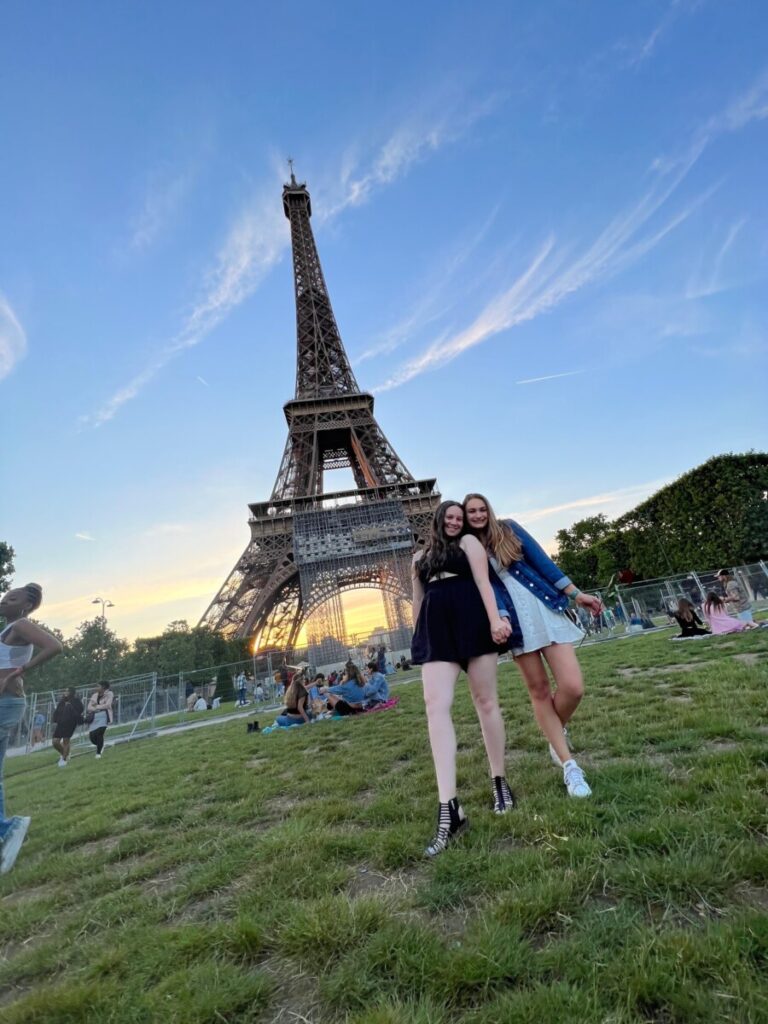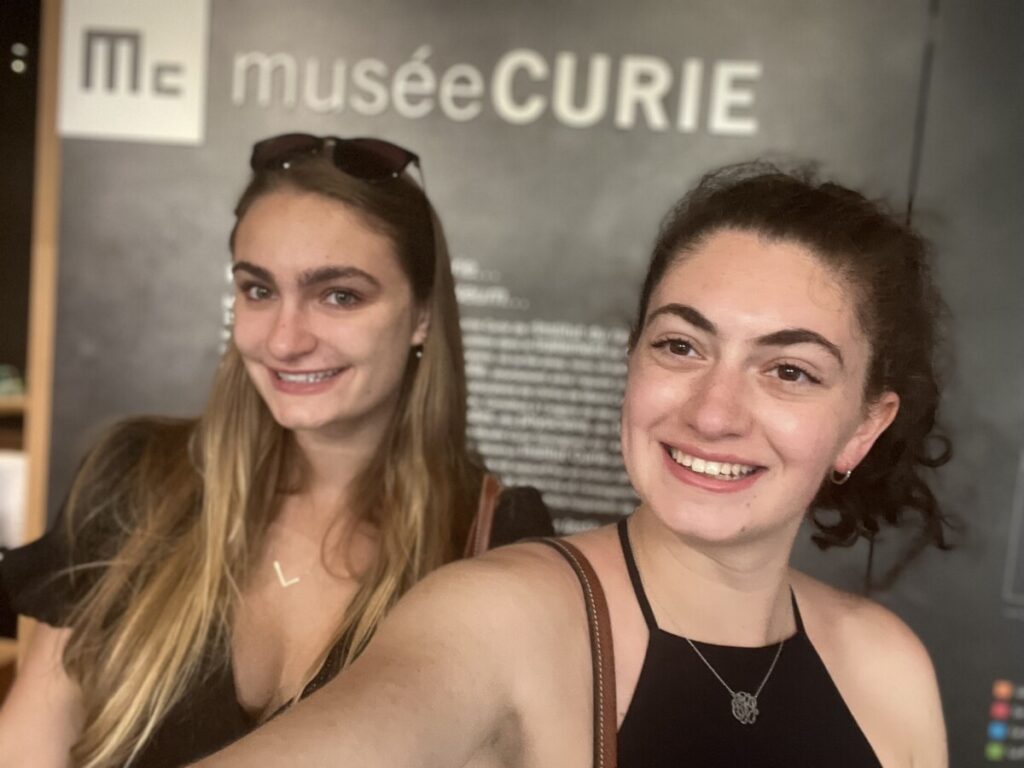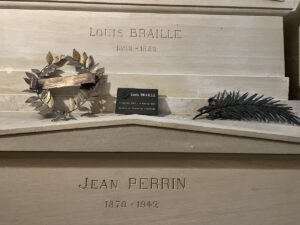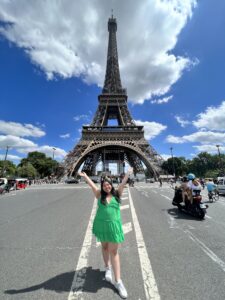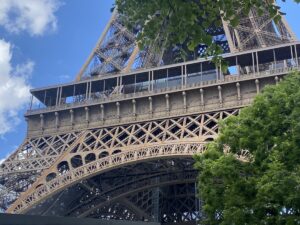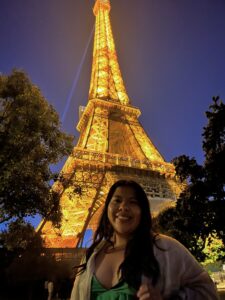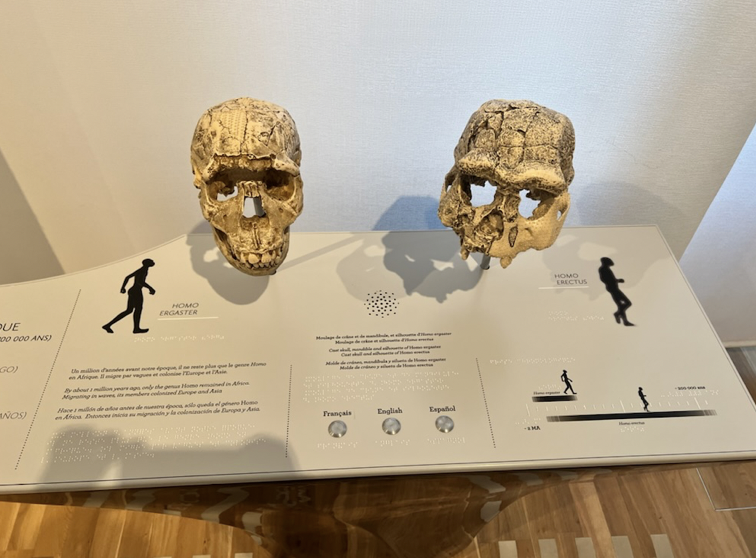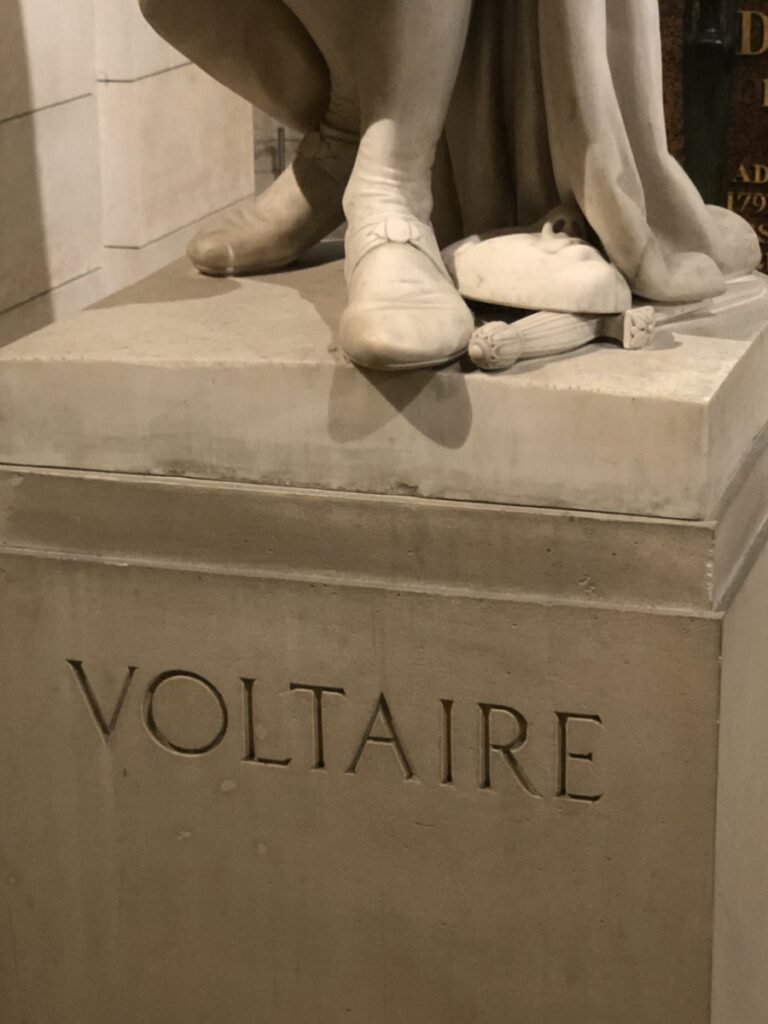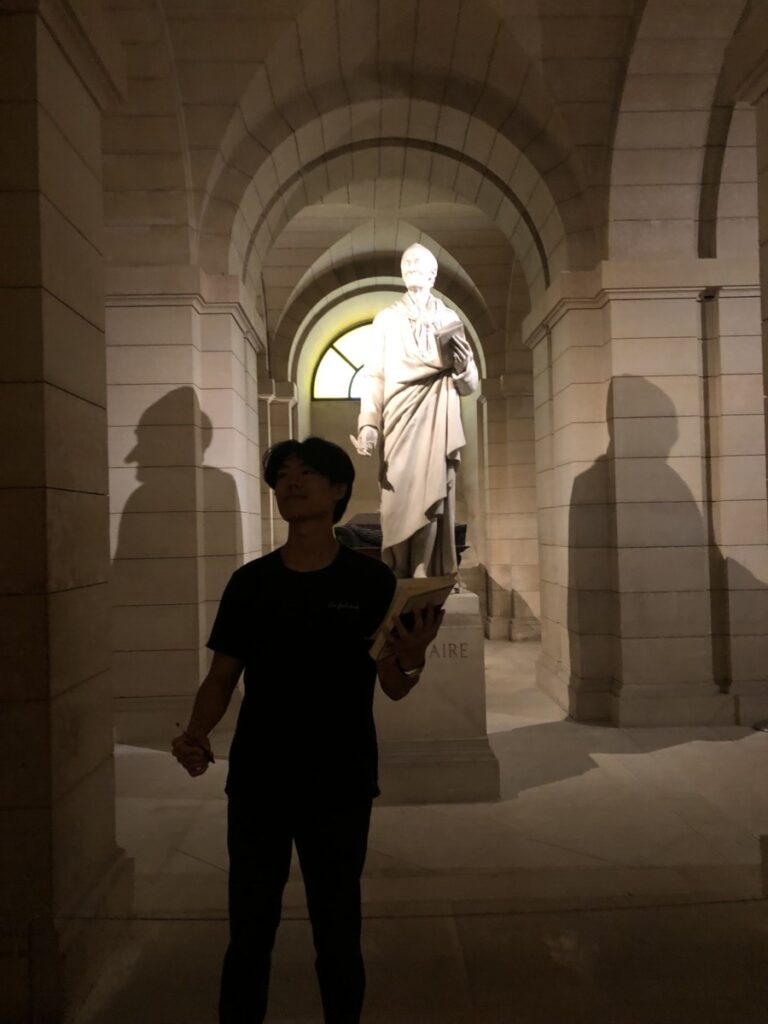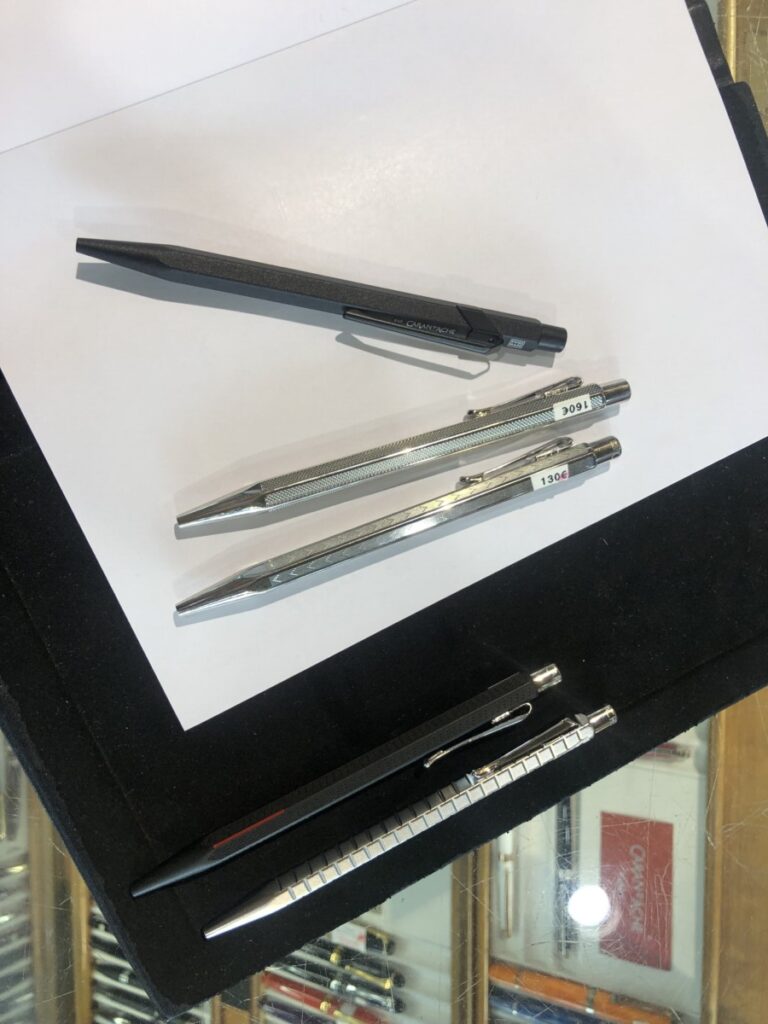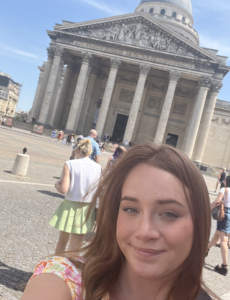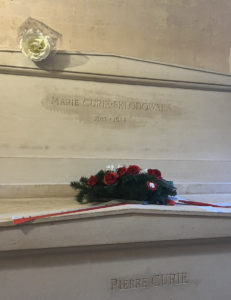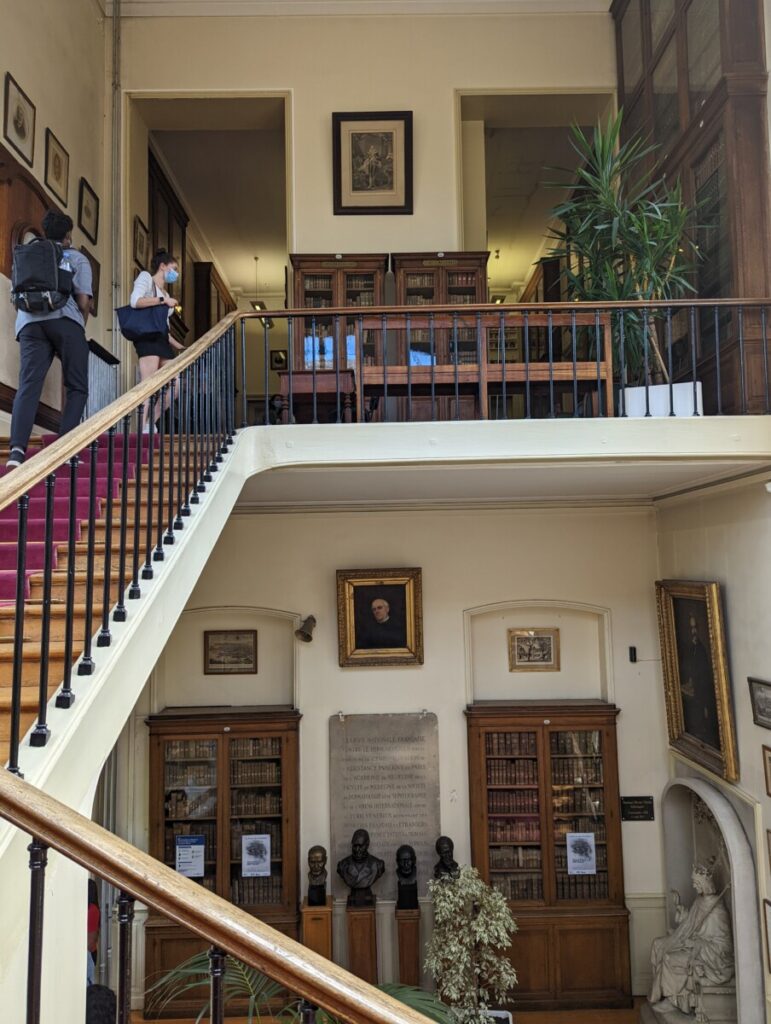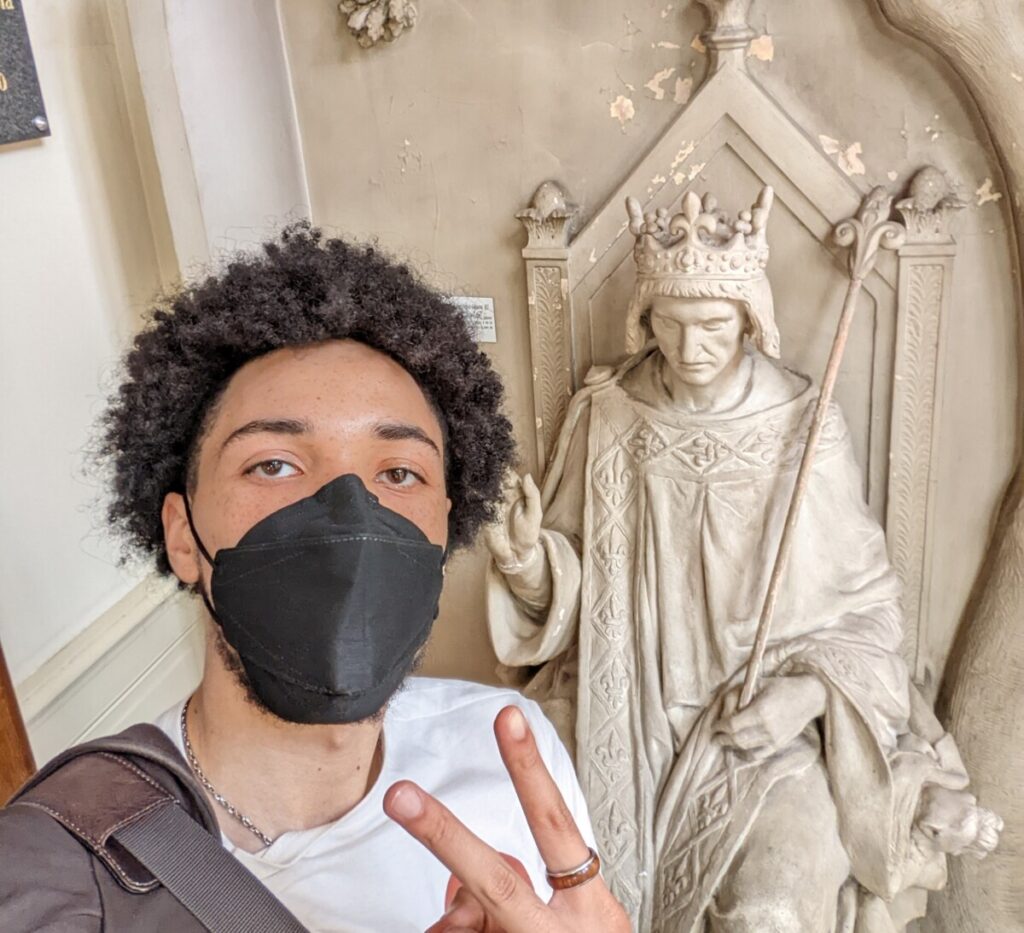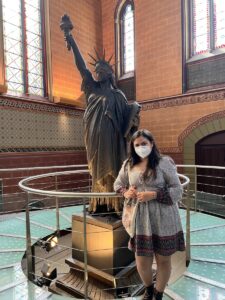by Samantha Feingold
During our class visit to the Museé des Moulages, I learned about both the science and the history behind dermatology. The Museé des Moulages translates to the museum of castings and is a collection of wax models that depict the dermatological presentations of neurological diseases, including those that we have discussed in class such as syphilis (Lynn et al., 2004; Rasoldier et al., 2020). The museum had an in-depth collection demonstrating the range of skin presentations and the changing appearances throughout the four progressing stages of syphilis.
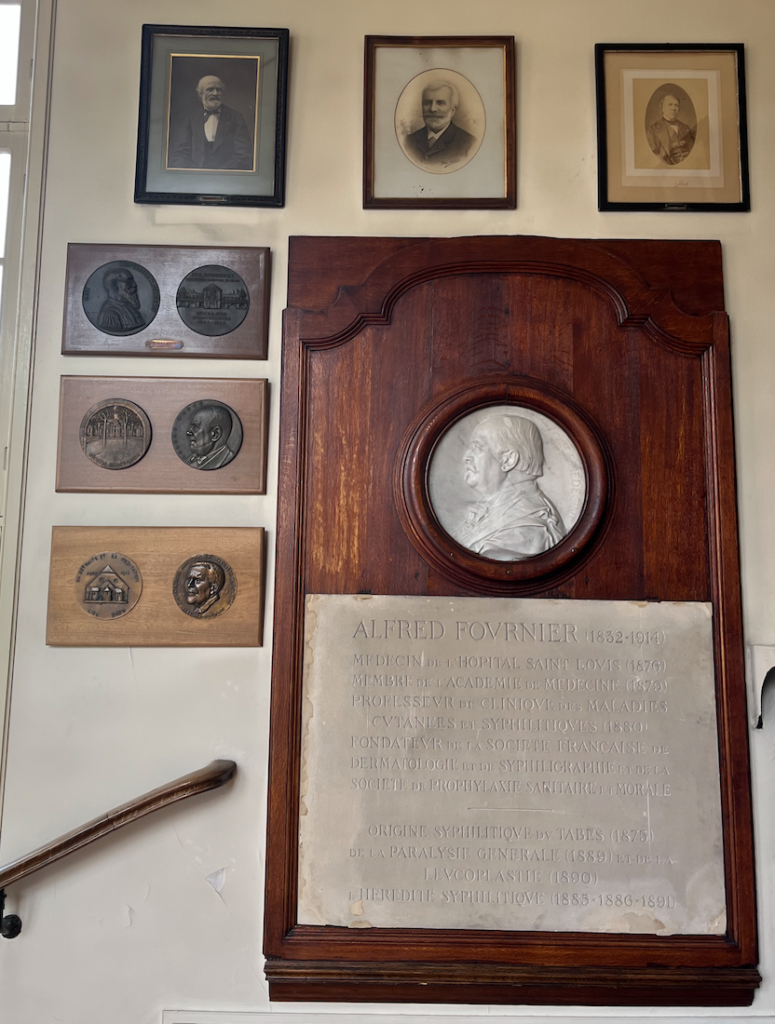
The story of Museé des Moulages begins with artist Jean Baretta creating models of apples in 1863. Discovered by Charles Lailler, it was suggested that Baretta use his talent to reproduce skin diseases. As a result, the first wax dermatological model was made by Baretta in 1867.
Prior to the creations of castings when photographs were not available, students depended on engravings and drawings to learn about these pathologies. Thus, it was very difficult to understand these diseases and be prepared to diagnose patients. At the Museé des Moulages, castings were made of patient skin conditions and affected body parts to aid the improvement of education and diagnosis accuracy. We were not permitted to take photographs of the castings out of respect for privacy and patient confidentiality. The castings are painted, appear incredibly realistic, and include facial and genital castings which contribute to the seriousness of privacy and respect for those patients. These unique three-dimensional models were very valuable and have curated a historical collection of de-identified patient cases. Many of the castings were quite graphic and demonstrate how far medicine has come. When these castings were made, the treatments for these disorders were nothing compared to today and those individuals’ contribution to the creation of these wax models was essential for the identification of the same diseases that can now be treated. While some of these castings were hard to look at knowing that people suffered tremendously, it is informative to see the severity of syphilis progression and many other dermatological diseases due to the inability to provide medical intervention at that time. I am grateful we had the experience to observe incredibly accurate models of these diseases that we previously were googling to understand. I am glad I now know about the history of advancing dermatology. Knowing wax molds of apples inspired this museum, I wonder if that is where the saying “an apple a day keeps the doctor away” originated from.
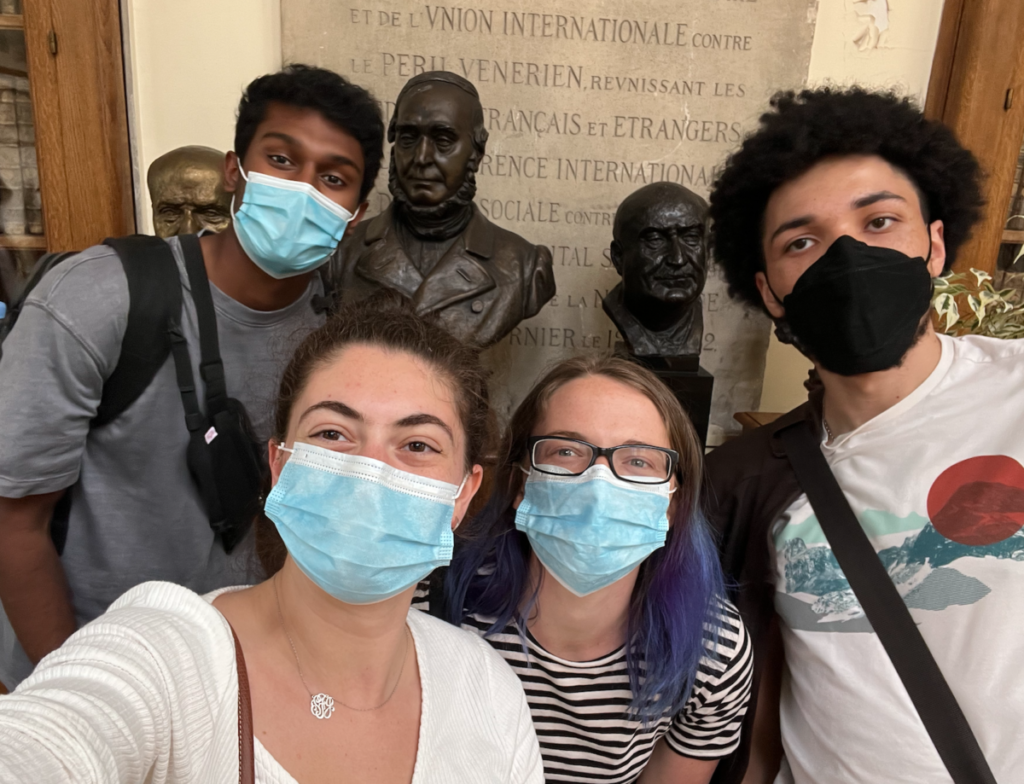
Works Cited
Lynn, W. A., & Lightman, S. (2004). Syphilis and HIV: a dangerous combination. The Lancet. Infectious diseases, 4(7), 456–466. https://doi.org/10.1016/S1473-3099(04)01061-8
Rasoldier, V., Gueudry, J., Chapuzet, C., Bodaghi, B., Muraine, M., Tubiana, R., Paris, L., Pestel-Caron, M., Caron, F., & Caumes, E. (2021). Early symptomatic neurosyphilis and ocular syphilis: A comparative study between HIV-positive and HIV-negative patients. Infectious Diseases Now, 51(4), 351–356. https://doi.org/10.1016/j.medmal.2020.10.016

